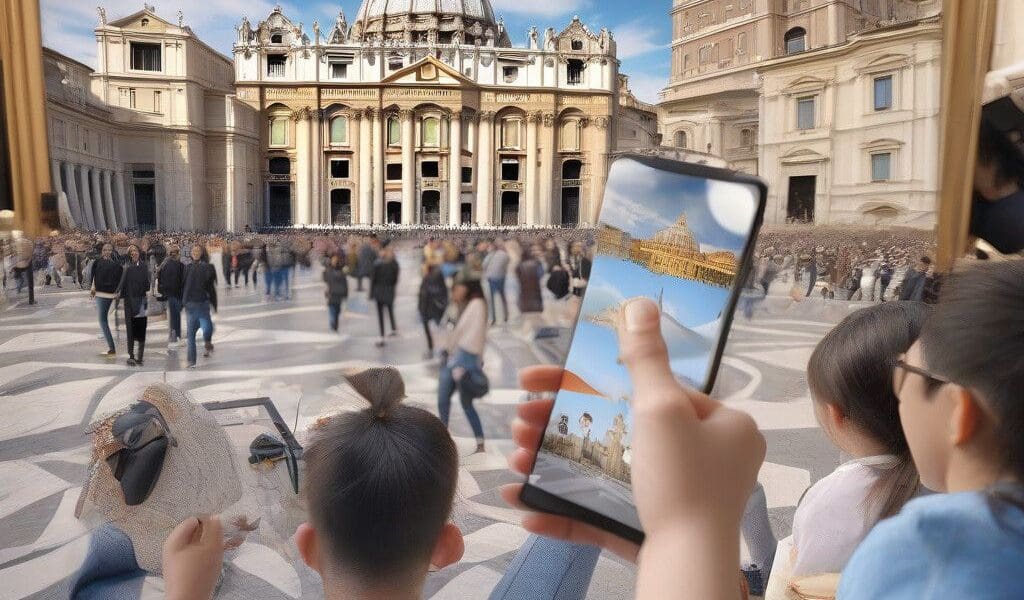Vatican Enhances St. Peter’s Tours with AI Technology
The Vatican has made a significant leap forward by introducing AI-enabled services to enhance the visitor experience at St. Peter’s Basilica, one of the world’s most iconic landmarks. In collaboration with technology giant Microsoft and the heritage digitalization firm Iconem, the Vatican has launched an impressive initiative that merges cutting-edge technology with the rich cultural heritage of the Catholic Church. This initiative features a sophisticated 3D model of the basilica, which was created using drones, cameras, and lasers that collectively captured over 400,000 high-definition images.
Visitors can now explore this digital replica through an interactive website, allowing them to virtually traverse the majestic interiors and outdoor spaces of the basilica from anywhere in the world. This approach of combining physical tours with digital access aims to welcome an even broader audience, especially as the Church prepares for the major Jubilee celebrations planned for 2025, which are expected to attract millions of visitors to Rome.
The significance of this project extends beyond mere visitor convenience. Cardinal Mauro Gambetti expressed his desire for the AI tools to provide an “enchanting” experience comparable to viewing a “starry sky.” This sentiment reflects the goal of creating a memorable, engaging experience that complements the physical beauty of the basilica. Furthermore, the project is strategically focused on the future preservation and restoration of this architectural marvel, ensuring that it will continue to inspire future generations.
Pope Francis has also publicly endorsed the project, emphasizing the ethical implications of AI’s role in cultural access. He has articulated a vision for AI that promotes the greater good, ensuring that the application of these technologies is directed toward benefiting humanity, not detracting from it. The pontiff’s endorsement highlights a crucial aspect of today’s technological evolution, which is the importance of ethical frameworks to guide the use of innovative tools.
The emergence of digital tourism solutions such as this not only enables enhanced visitor engagement but also addresses contemporary challenges faced by cultural institutions worldwide. With about 40,000 to 50,000 visitors entering St. Peter’s Basilica each day, the digital tools are poised to significantly alleviate physical congestion while opening up the basilica’s splendor to a much larger online audience.
As online engagement becomes commonplace, museums and heritage sites globally can learn from the Vatican’s model. For instance, the Metropolitan Museum of Art in New York has implemented similar digital strategies to connect with audiences, featuring virtual galleries and online resources that provide educational materials to those who can’t physically visit.
In addition to developing a digital presence, the Vatican’s initiative underscores a key trend in retail and digital marketing: the fusion of e-commerce with unique, experiential offerings. As businesses across various sectors strive to stay relevant, incorporating digital experiences into their service packages can attract and retain customers. By providing a virtual exploration of St. Peter’s Basilica, the Vatican presents an experience that cannot be replicated, thus enriching the church’s brand and elevating its global standing.
In conclusion, the Vatican’s integration of AI technology with cultural tourism not only represents a technical achievement but also sets a benchmark for other institutions looking to innovate. As technology continues to evolve, organizations must find ways to ethically harness its potential, ensuring that access to culture and history becomes universally inclusive. The future of tourism, retail, and cultural engagement resides in the innovative interplay between technology and tradition.








